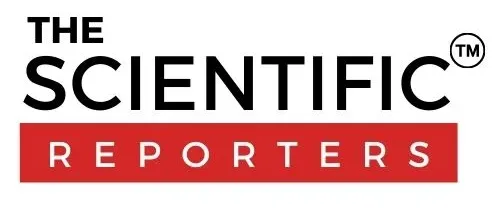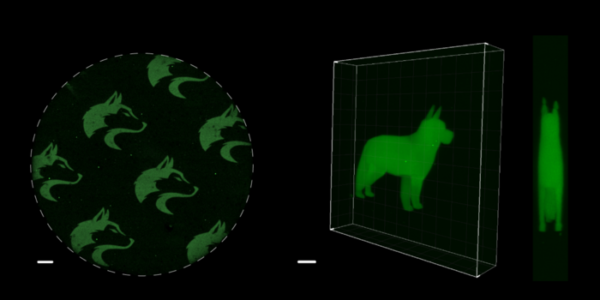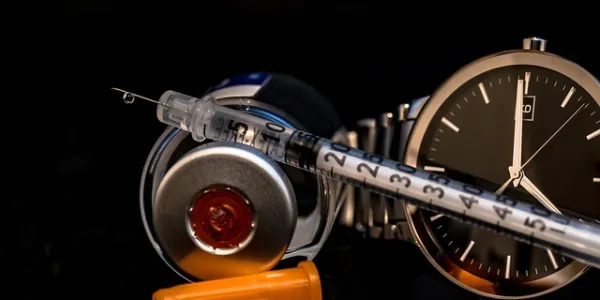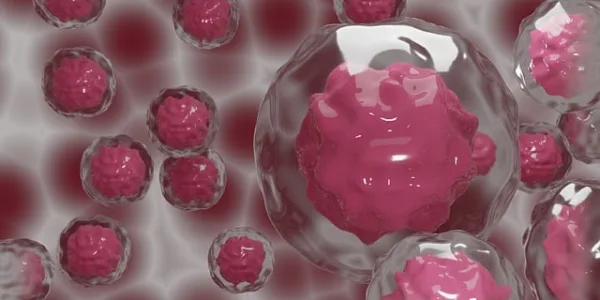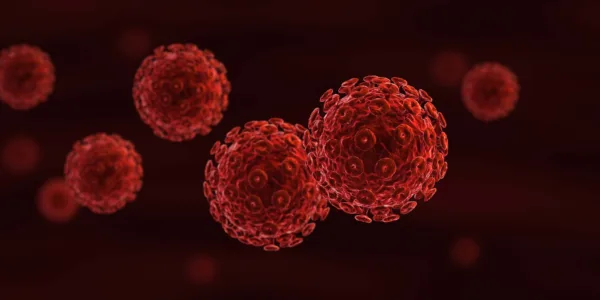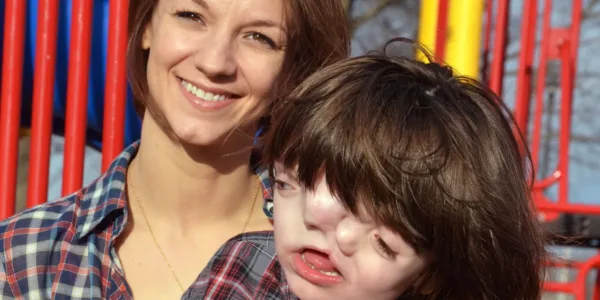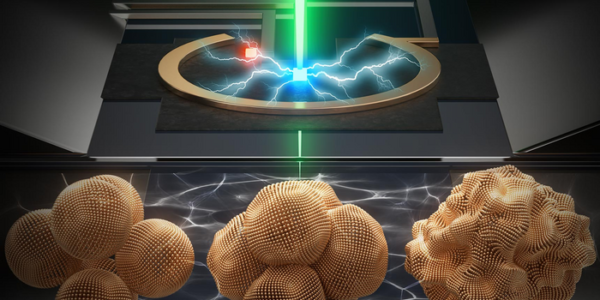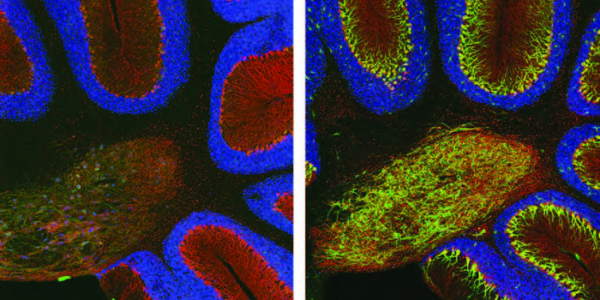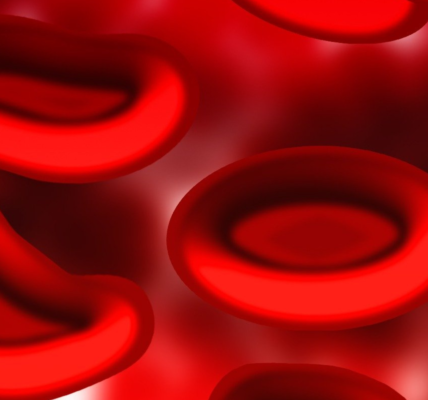The World’s Top Science Journalists of 2023:
Reporting Truth in the Age of Discovery In the ever-evolving landscape of journalism, science journalists play a pivotal role in bridging the gap between scientific advancements and the general public. In 2023, we find ourselves in a world where scientific…
SpyLigation uses light to switch on proteins
Scientists can now use light to activate protein functions both inside and outside of living cells. The new method, called light-activated SpyLigation, can turn on proteins that are normally off to allow researchers to study and control them in more detail….
A breakthrough fluorescence recognition method for detecting D-glucose
Cyclodextrin and monoboronic acid-based receptor complexes show excellent D-glucose chiral selectivity ,paving the way for improved diabetes diagnostics Diabetes mellitus, simply called diabetes, is a metabolic disorder characterized by the presence of abnormally high concentrations of glucose in blood. Existing…
Lab grown blood stem cells can save lives?
A group of scientists at the University of Tsukuba have been successful at creating novel culture system that can pave path for ex-vivo expansion of Hematopoietic Stem Cells (HSC). Generally, HSCs are immature blood cells which when triggered can mature…
3rd Patient got free from HIV after receiving Antiretroviral Therapy (ART)
A 53-year-old man who was diagnosed with the deadly virus HIV in 2008 is now recovering from the virus with the help of stem cell transplant therapy as reported in the journal Nature Medicine. “The Düsseldorf patient,” is reportedly the 3rd…
Diprosopus: A rare Craniofacial Duplication
A craniofacial duplication is a rare form of congenital disorder which is commonly known as Diprosopus; in which conjoined twins with duplicated faces are found. Conjoined twins are born connected physically and are always of the same sex sharing a…
Record-breaking copper catalyst converts CO2 into liquid fuels
Since the 1970s, scientists have known that copper has a special ability to transform carbon dioxide into valuable chemicals and fuels. But for many years, scientists have struggled to understand how this common metal works as an electrocatalyst, a mechanism…
A key brain protein plays role in childhood movement disorder
Scientists at the UNC School of Medicine and UNC Eshelman School of Pharmacy, in collaboration with a team from Queen Mary University of London, have illuminated the molecular events underlying an inherited movement and neurodegenerative disorder known as ARSACS – Autosomal recessive…
